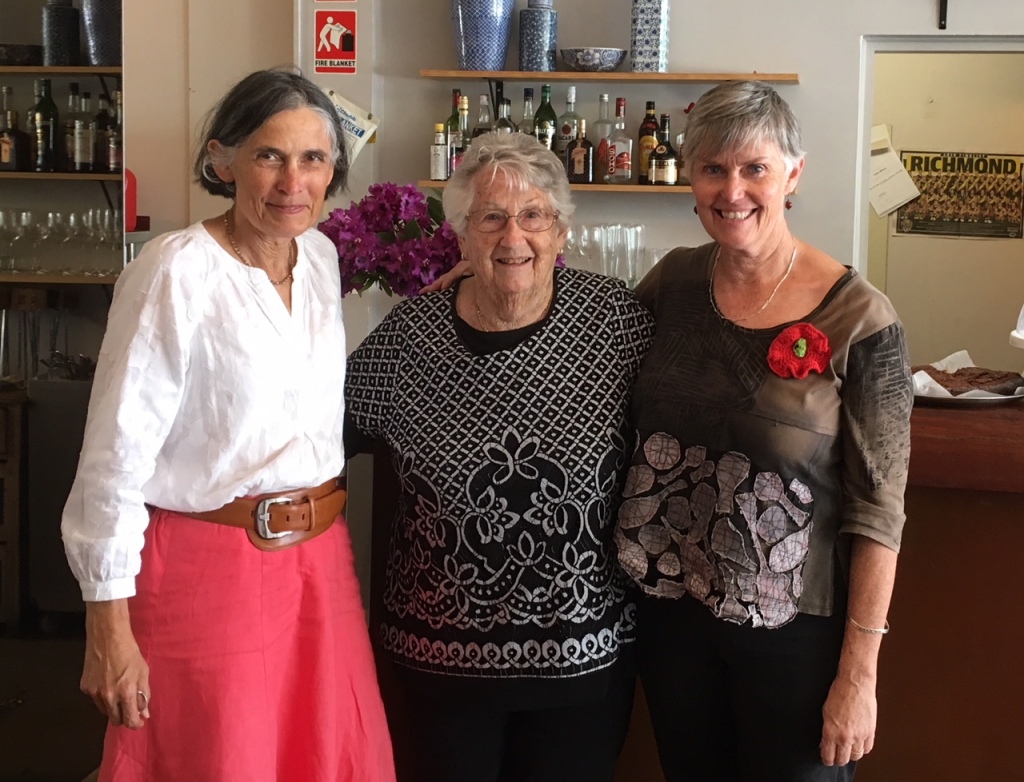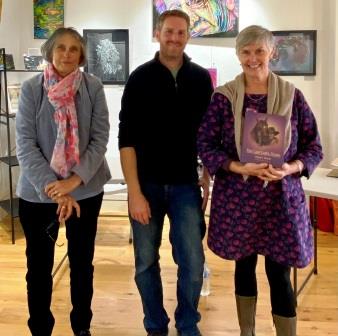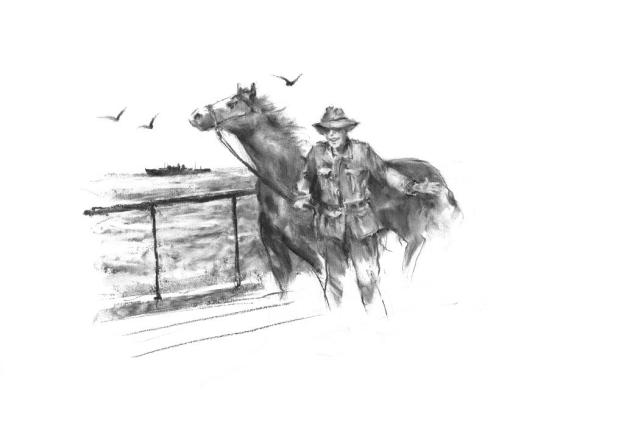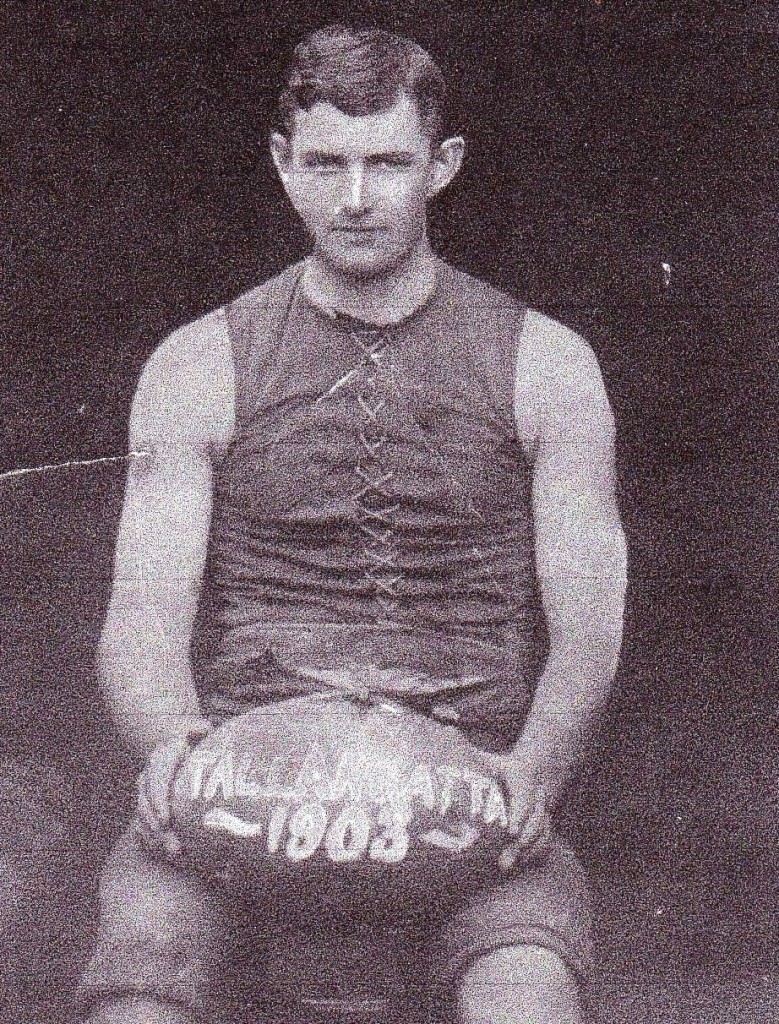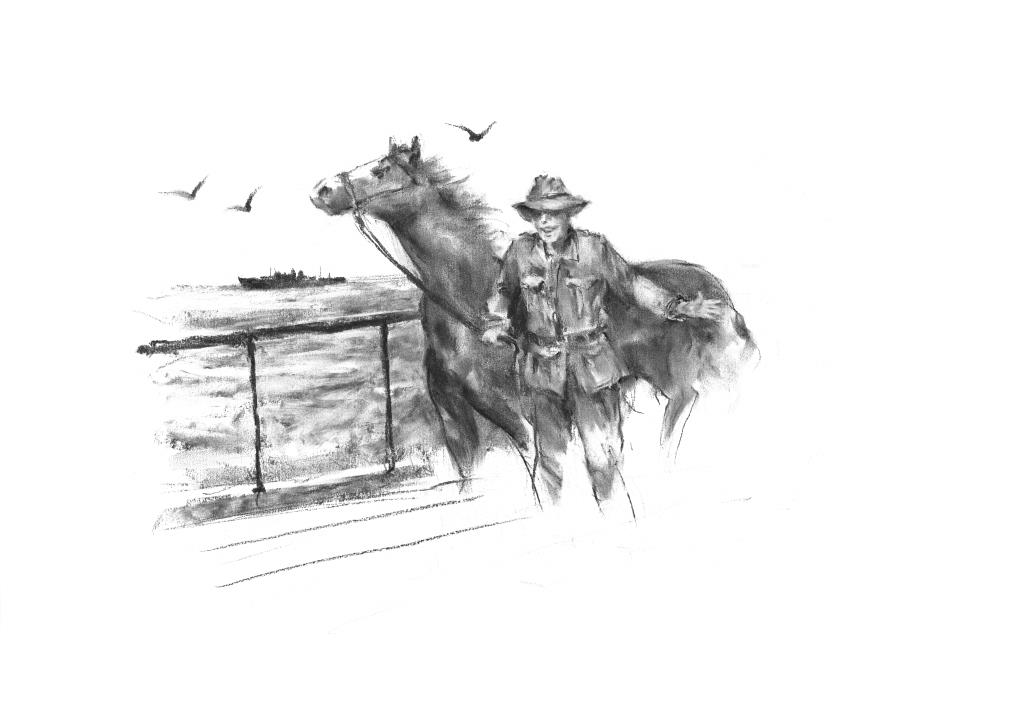Lesson planning takes time. Here are some Anzac-related links for teachers and librarians, including this clip; an Anzac Day reflection from Mt Clarence during Covid.
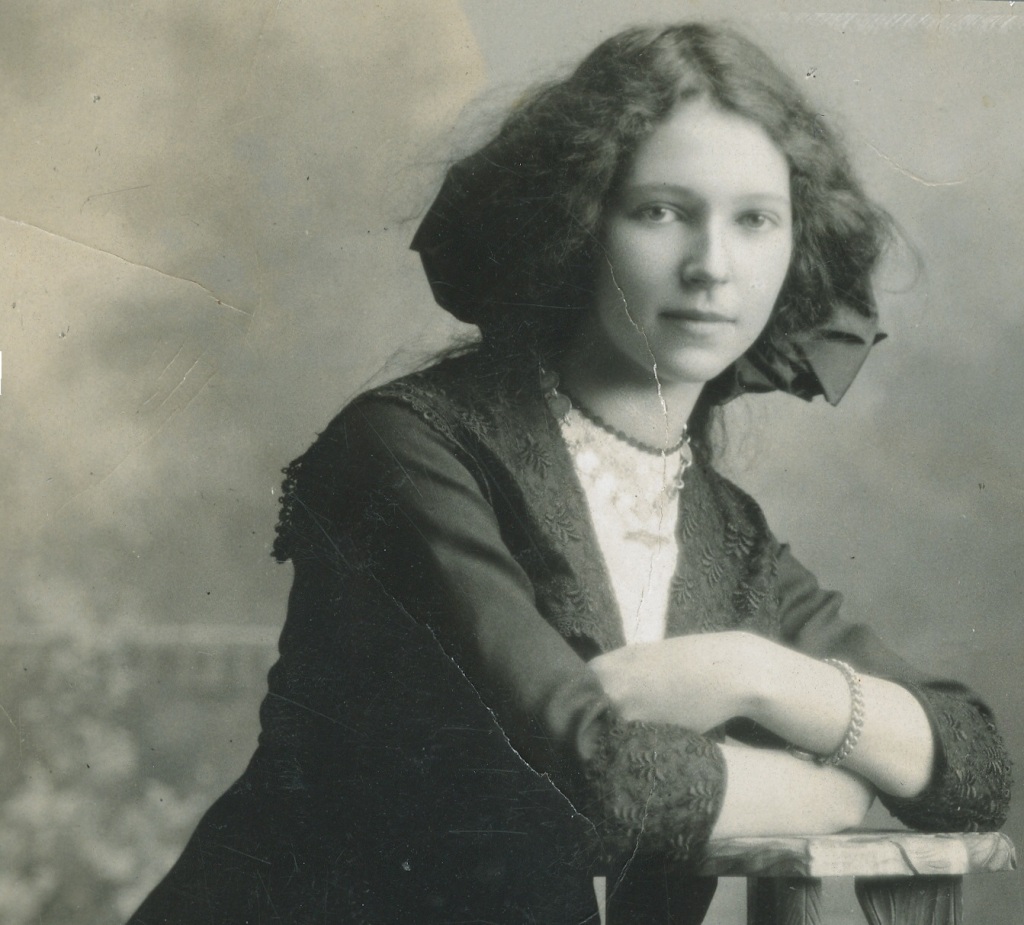
Each book in the WWI ‘Light’ series has teaching notes with worksheet activities created by Fremantle Press. Website links include these as well as reviews and images for Lighthouse Girl, Light Horse Boy, In the Lamplight, and The Last Light Horse.
If you’d like to know more about ‘Lighthouse Girl’ Faye Howe, click here. And information about warhorse Sandy can be found here.
For class printouts, follow these links:
- a semaphore chart and activity,
- a WWI horses cloze worksheet,
- a Morse code activity
- another cloze worksheet linking to WWI nursing.
My Blog posts cover various thematic, WWI, WWII, and Anzac topics. Posts share background details for each book, as well as my creative journeys. Try typing each title as well as keywords like; For Teachers, Anzacs, Historical Fiction, My Process, Light Horse, warhorse, lighthouse, WWI mascots, WWI nursing, Harefield, WWII.
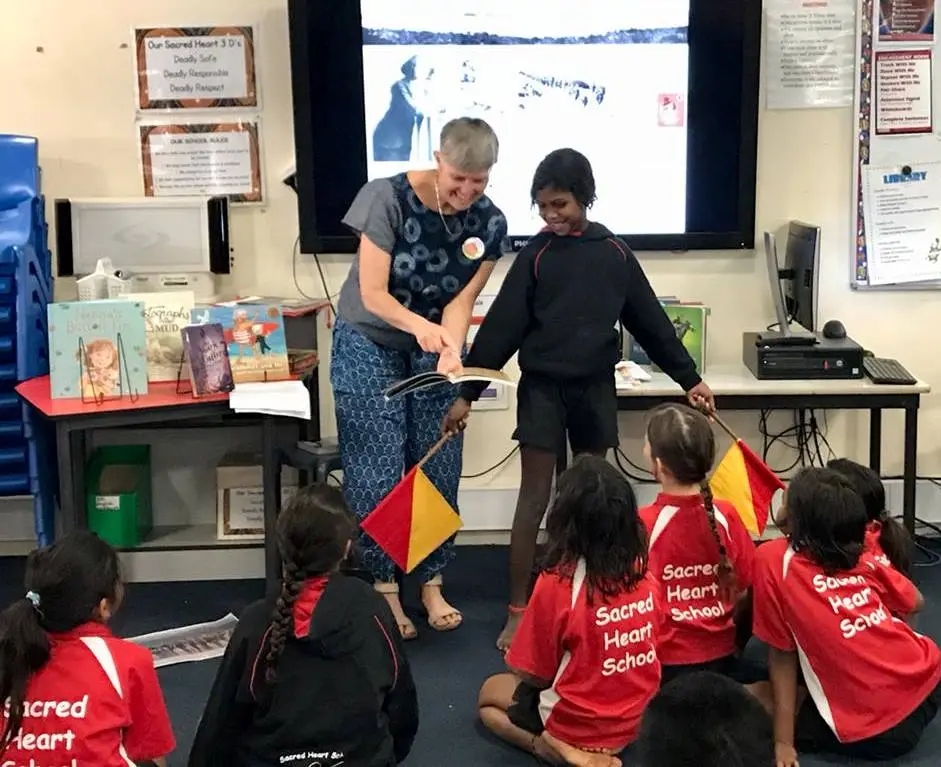
You might also like to check out the clips on my YouTube channel. There are Book trailers for Light Horse Boy and Lighthouse Girl, links to the 2014 Albany commemorative events, and a clip with music by Simone Keane. This Destination WA interview with Dianne on Breaksea Island also shows details of the National Anzac Centre in Albany.
This reading from The Last Light Horse is taken in the Snowy Mountains the area that inspired Sandy’s story, while this clip shows Dianne and her dog Harry unwrapping their first copy of the book. Or Read ABC article about Sandy
Here’s another article about the books in the ‘Light’ series: Chauvel Foundation, and a series review. Plus a few more links to a range of Anzac stories: 17 best Anzac Day books for kids, Books on War, Great Books for Anzac Day, Readings.
Finally, if you live in Perth or Rockingham, here’s a sneak peek of Theatre 180‘s adaptation of the ‘Light’ series. I hope these links are helpful.


